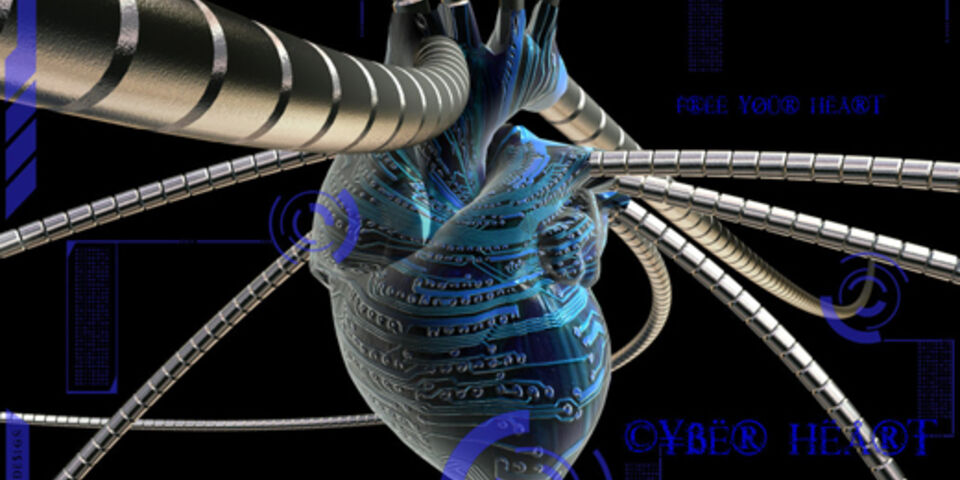Does the cyber heart herald 'artificial life'?
Creating an artificial organism from human cells: it sounds like science fiction. Still, newspaper de Volkskrant claims that thanks to a recent US find, we might be one step closer to just that. Last week, Nature Materials published a Harvard University study describing how researchers have managed to grow heart cells. So far, the electrodes only measure signals coming from the heart cells, but in the future those cells should be able to be controlled. For how much longer will electrically controlling an organ or even an organism remain science fiction?
“First, I'd like to say I don't think 'cyber heart' is a term that fits this tiny piece of wired tissue”, says Carlijn Bouten, professor of Cell-Matrix Interaction in Cardiovascular Regeneration at the Department of Biomedical Engineering. “Besides, it's not even fully artificial, because a substantial part of it consist of independently functioning live cells. Cyber heart sounds pretty fancy, but it's definitely not regenerative researchers' goal to recreate and replace an actual heart; we'd rather stimulate the heart's own regenerative capacity. That doesn't mean wonderful things can be achieved with this tiny piece of material, by the way.”
“By taking cells from a patient suffering from a certain condition and growing them as described, it's possible to create a system for patient-oriented medication testing. After all, medication that works for patient A, doesn't necessarily work for patient B; the design and implementation of the right therapy is a time-consuming and expensive process. What's so smart about this technique is that it can grow a piece of 3D-tissue in an electronic environment. There have been a lot of cell and electrode experiments in 2D, but this scaffold is definitely unique. When we learn how to control the cells, possibilities will be endless. For example, many patients with a heart condition suffer from a defective sinoatrial node, the heart's pacemaker. An electrically active scaffold could do wonders in a situation like that.”
“This study is also a great example of multidisciplinary work. A lot of it is electrical engineering, parts are biomaterials and regenerative medical research. It's exactly what we're setting up within TU/e's strategic area Health, like with our organs-on-chip projects. For those projects we mimic a piece of organ, say the heart, on a microscopic scale, so we can study the heart cell in its own environment. And not just biochemically and electrically, but mechanically as well – cell contraction. Just as the 'cyber heart' mentioned above, our system is a good way to test medication efficiently, or make a quick diagnosis.”
“Regenerative research – especially concerning these electric scaffolds – is booming. Still, it's a misconception to think we're plodding away in our lab all day trying to create an independently functioning artificial heart. Having a bunch of cells become tissue is one thing, but what about more complicated processes such as circulation and nerve control? Today, patients with advanced heart failure can opt for either a pump or a heart transplant. If we really want to cure the heart, we'll have to come up with something better, like live tissue with the resilience to sustain itself. Our group is currently trying to fix organs with small pieces of cultivated tissue, and have the body do the rest. Or, as I like to put it: teach the body how to tinker.”


Discussion